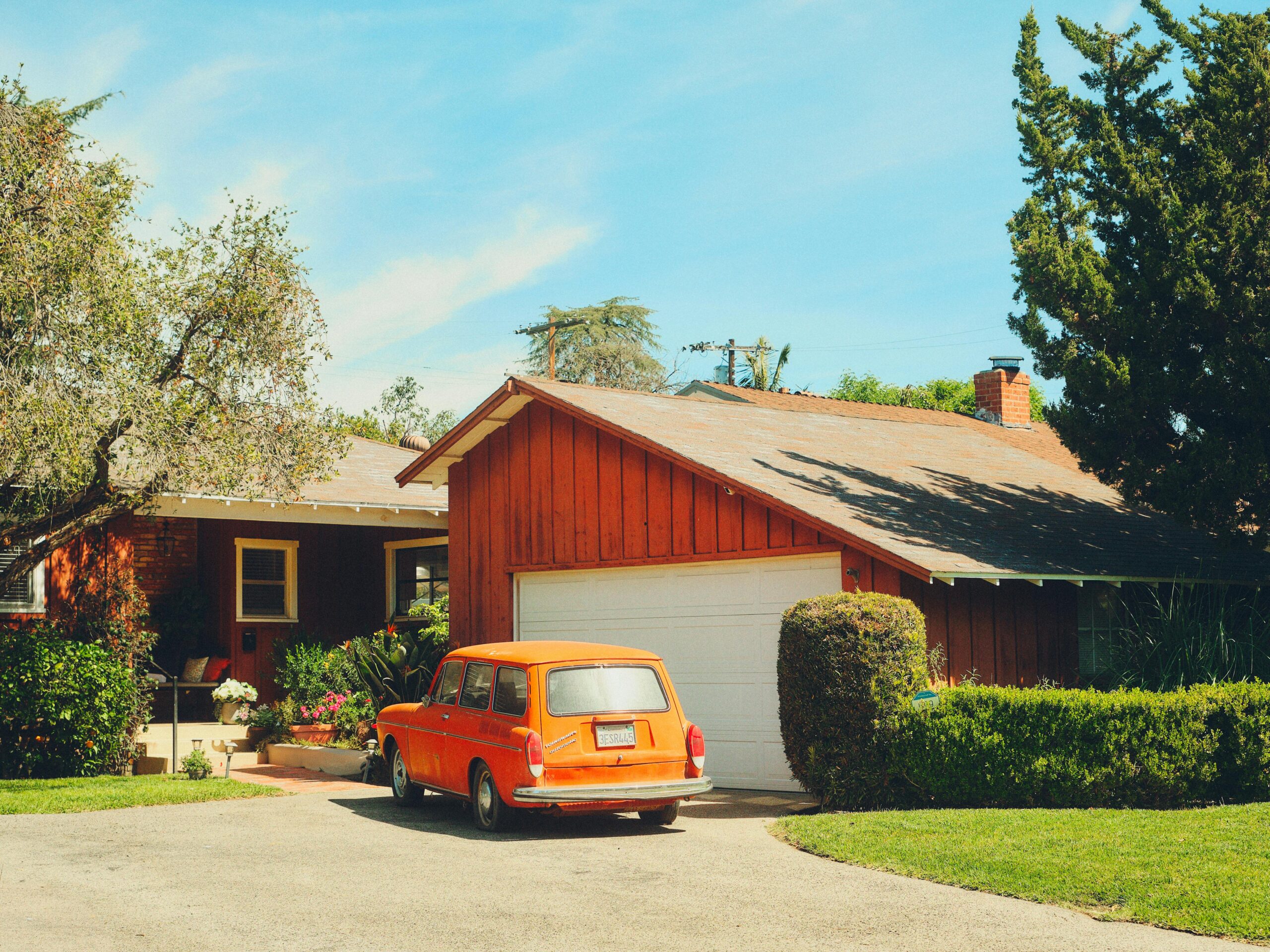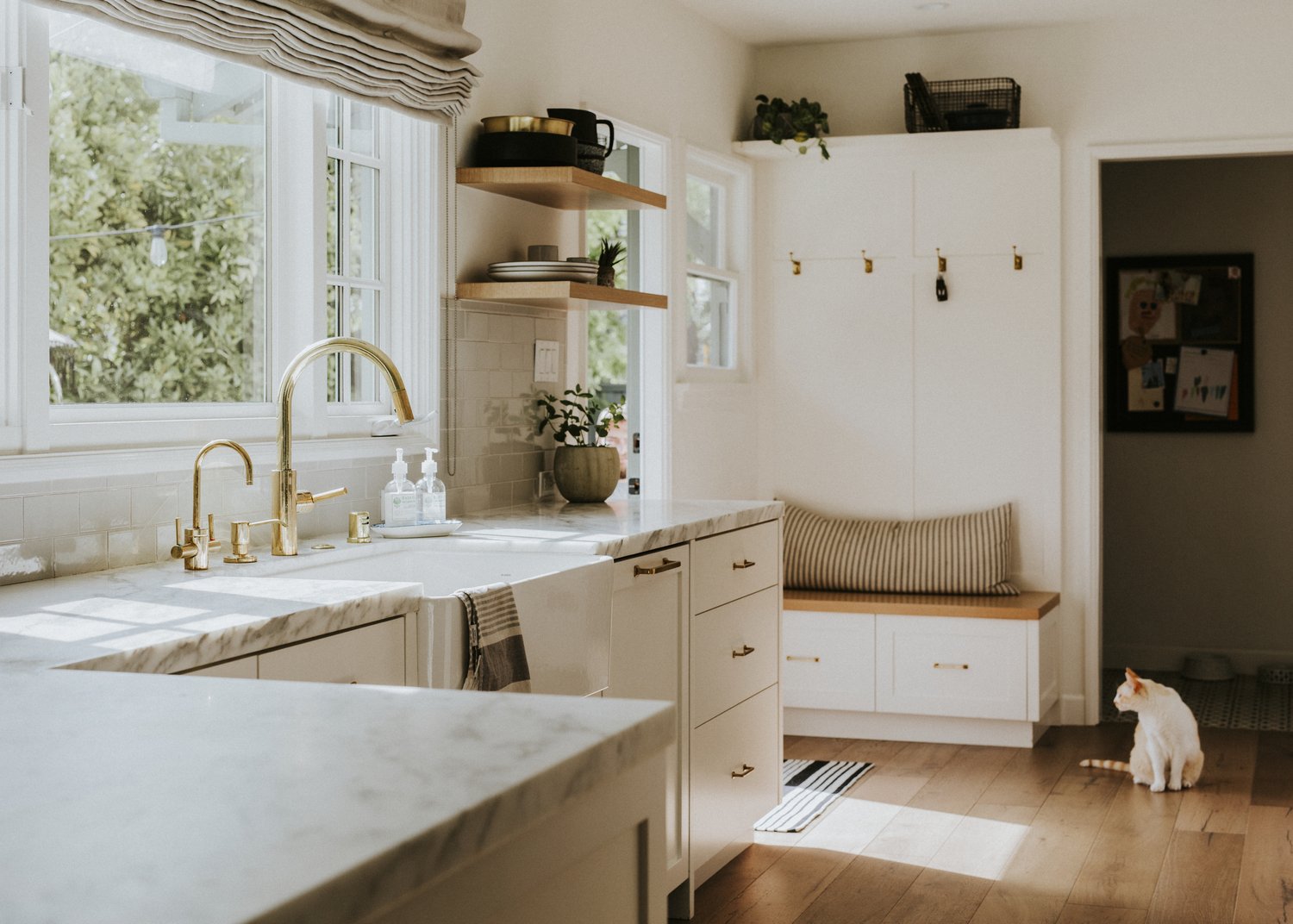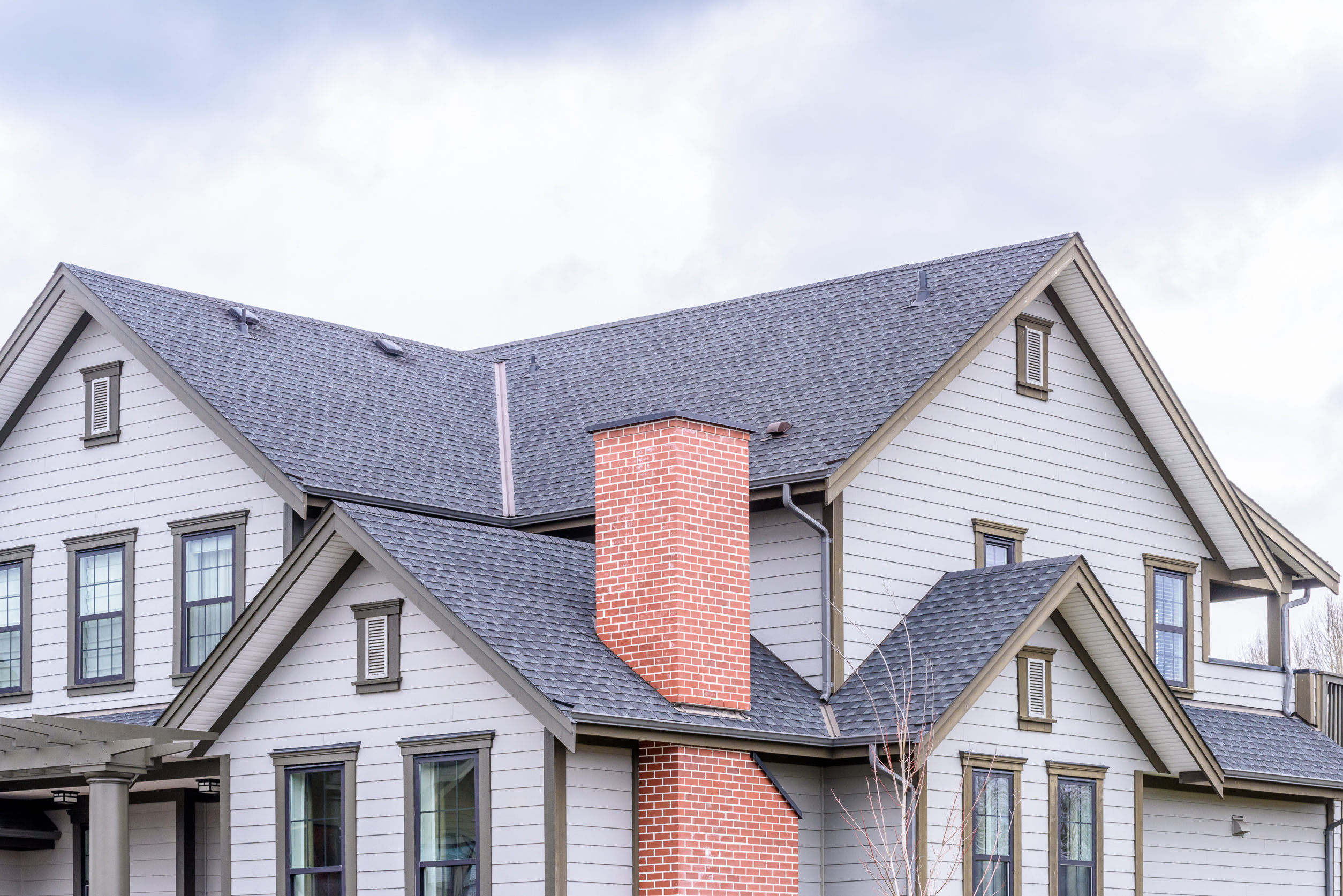Your front yard creates the first impression of your home, setting the tone for what lies beyond the front door. Thoughtful landscaping can dramatically transform this space, enhancing curb appeal and potentially increasing your property value. Whether you’re working with a modest budget, seeking low maintenance solutions, or planning a complete overhaul, this guide offers practical ideas for creating an inviting and attractive front yard landscape. From strategic plant selection to lighting that highlights your home’s best features, we’ll explore how to make your front yard both beautiful and functional.
Creating Impact with Strategic Plant Selection
The foundation of any successful front yard landscape begins with thoughtful plant selection. When working with front yard landscaping ideas on a budget, choosing the right plants can deliver maximum visual impact without breaking the bank. Consider native species that thrive in your local climate with minimal intervention. These plants typically require less water, fertilizer, and overall maintenance while still providing beautiful foliage and blooms throughout the seasons.
Create visual interest by varying plant heights, textures, and colors. Place taller shrubs or ornamental trees at the corners of your home or along the boundary of your property to frame the space. Medium-height plants work well along walkways or as foundation plantings, while ground covers and low-growing flowers add color and prevent weed growth. For a low maintenance front yard design, consider incorporating ornamental grasses, which add movement and texture while requiring minimal care once established.
Evergreen shrubs provide year-round structure and can serve as anchors in your landscape design. Intersperse these with flowering perennials that return year after year for seasonal color without the need for annual replanting. For those in drought-prone areas, xeriscaping with succulents and other water-wise plants offers an environmentally friendly approach that can dramatically reduce your water bill and maintenance time.
Designing Functional and Appealing Walkways
A well-designed walkway does more than provide a path to your door; it guides visitors through your landscape and enhances your home’s architectural features. When planning walkways as part of your strategy to boost curb appeal, landscaping should work in harmony with these hardscape elements. Consider materials that complement your home’s exterior, whether that’s classic brick, natural flagstone, concrete pavers, or gravel.
The shape of your walkway can transform the character of your front yard. A straight path offers a formal, direct approach, while a gently curved walkway creates a more relaxed, welcoming feel. Widen the path near the entrance to create a small landing area that provides a transition space between the yard and your home. This area can be enhanced with container plants or a small bench to create an inviting focal point.
For budget-conscious homeowners, consider refreshing an existing concrete walkway with decorative pavers or stained concrete rather than a complete replacement. Even simple edging with bricks or stones can define the path and create a more polished look. Experts at AskHomey suggest that investing in quality materials for walkways often pays dividends in longevity and reduced maintenance, making it a smart allocation of your landscaping budget.
Crafting Distinctive Garden Beds
Thoughtfully designed garden beds can dramatically boost curb appeal through landscaping that highlights your home’s best features. Consider the shape, size, and placement of beds to create a cohesive look that draws the eye toward your entry. Curved beds with flowing lines often create a more natural appearance, while geometric shapes complement modern architecture.
Raised beds constructed from materials that echo your home’s exterior create visual continuity and can solve drainage problems in areas with poor soil. These elevated planting areas also create definition within your landscape and can make maintenance easier by reducing bending and stooping during gardening tasks.
When designing garden beds as part of a low maintenance front yard design, incorporate landscape fabric beneath mulch to suppress weeds. Group plants with similar water and sunlight needs together to streamline care routines. Consider installing a simple drip irrigation system on a timer to ensure consistent watering with minimal effort, especially valuable in garden beds near the foundation where hand watering can be challenging.
Illuminating Your Landscape with Strategic Lighting
Thoughtful outdoor lighting extends the impact of your landscaping into the evening hours while providing safety and security. Path lights guide visitors safely to your door while highlighting the contours of your walkway. Uplighting can accentuate architectural features or showcase specimen trees, creating dramatic shadows and highlighting interesting bark or branch structures.
Solar-powered lights offer an eco-friendly option that keeps front yard landscaping ideas budget-friendly by eliminating the need for electrical wiring. While their illumination may be softer than wired fixtures, they’re ideal for marking pathways and garden edges. For entries and security lighting, consider motion-sensor fixtures that conserve energy while providing bright illumination when needed.
For a polished look, conceal lighting fixtures within your landscape where possible. Tuck them behind plants or partially bury them so the effect of the light, rather than the fixture itself, becomes the focus. Even modest lighting can dramatically transform your front yard’s appearance after dark, creating a warm welcome for evening visitors and enhancing security around your property.
For more tips and to connect with reliable home service professionals, follow AskHomey on Facebook and Instagram.



